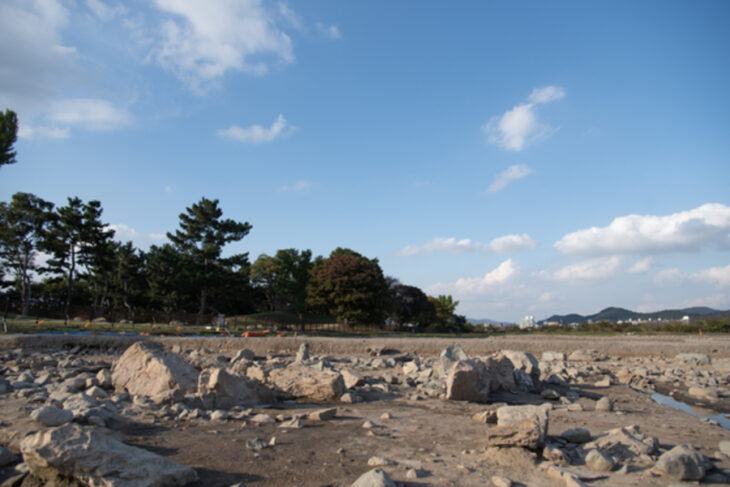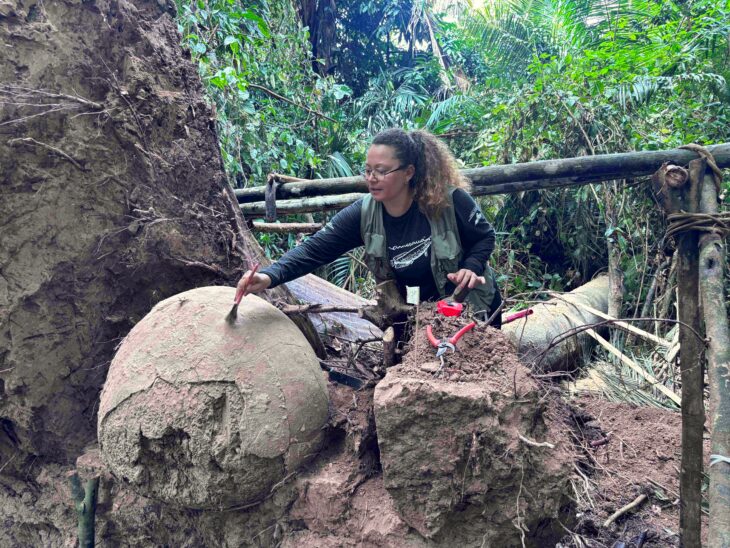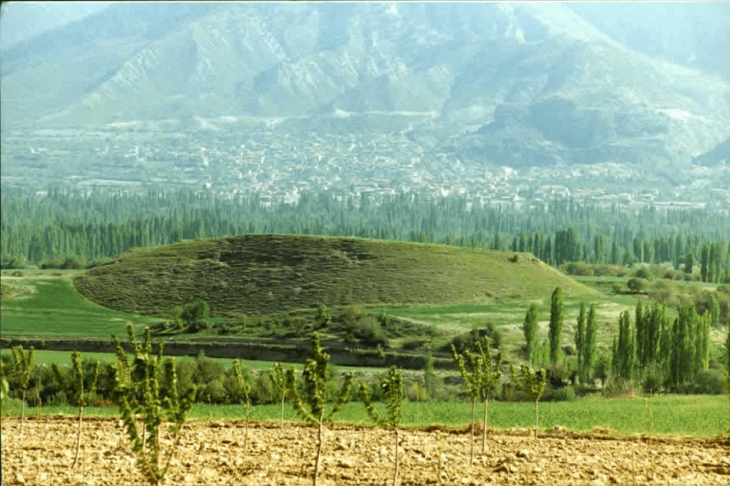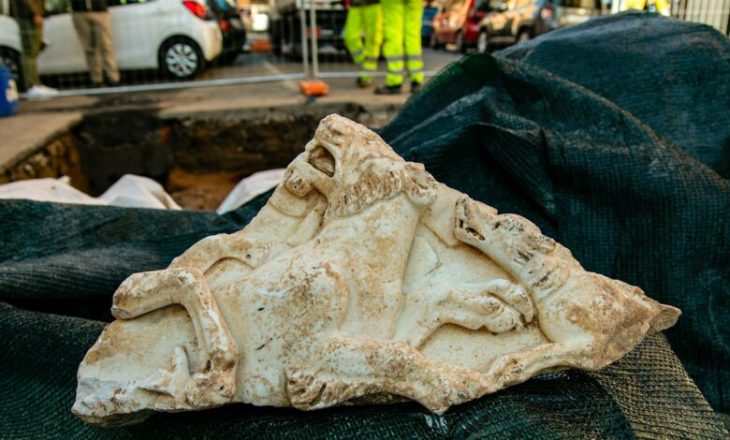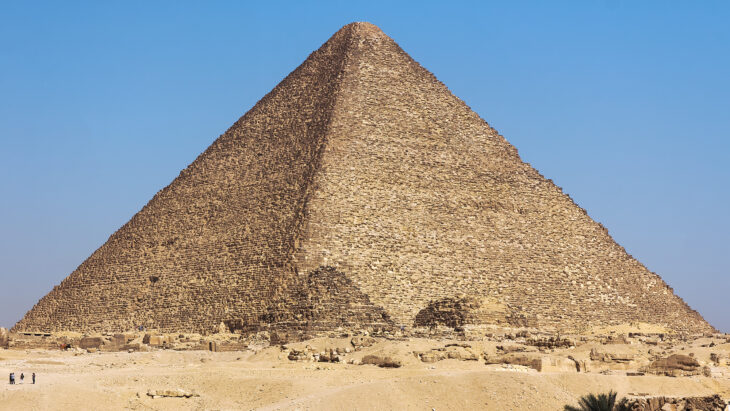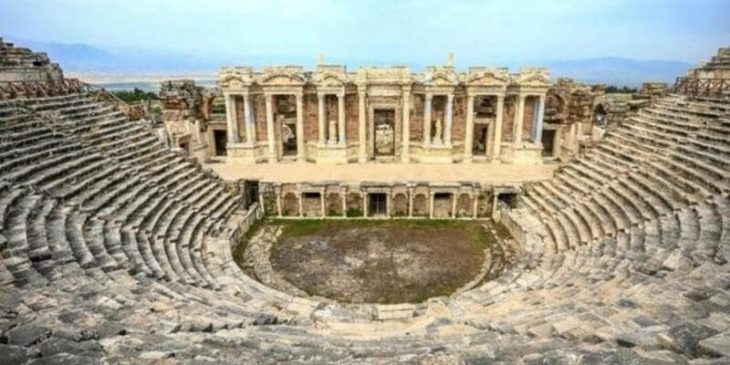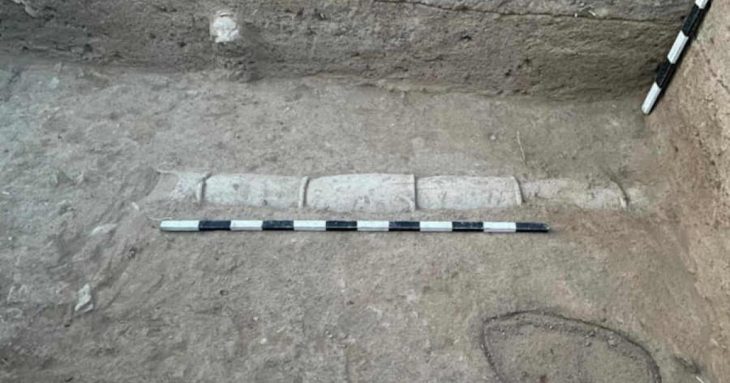Papyruses with lists of Roman centurions stationed in Egypt were found by Polish archaeologists in Berenike. These unique documents were found along with, among other things, pottery from Italy, Roman coins, and a special coat buckle in what may be the remains of a centurion’s office.
Berenike, located on the Red Sea, is an ancient port built by Emperor Tiberius shortly after the Roman Empire annexed Egypt. Archaeologists have suspected for years that a military unit was also stationed at Berenike. – It is very likely that these were soldiers of the Third Legion of Cyrenaica, who were famous, for example, for stopping the expansion of Meroe in Nubia and pacifying the uprising in Jerusalem in 70.
“For Egyptologists and other scholars of antiquity, this is an extremely rare and high-caliber discovery. There are very few sites from the Roman period in this part of the world. On the other hand, the rank of these discoveries is truly phenomenal,” says Professor Marta Osypińska from the Institute of Archeology of the University of Wrocław.
An international team led by Professor Marta Osypińska investigated a unique pet cemetery from the 1st and 2nd centuries in Berenike. Among the animal burials discovered there, archaeologists discovered an accumulation of exclusive ceramics from Italy, the Mediterranean, Africa and India, Roman coins, and a fibula, a coat pin that was characteristic and popular in Europe and was worn by legionnaires. The finds also included ostracons (fragments of texts on ceramics) and, above all, several papyri, which may be an invaluable source of knowledge about the ancient inhabitants of Berenike.
The correspondence preserved on papyri are letters of centurions, i.e. co-officers and commanders of Roman legions. The names that appear in the letters are Haosus, Lucinius, and Petronius.
“In this correspondence, Petronius asks Lucianius, stationed at Berenike, about the prices of particular exclusive goods. There is also a statement: I give you the money, send them with dromedarius (a troop of legionaries moving on dromedaries). Take care of them, so that you provide them with calves and tent poles” – describes the archaeologist.

The animal cemetery where the papyri were found is located on the western outskirts of Berenike. So far, mainly ostracons have been found there, which – as Osypińska says – are “objects of desire” for philologists and epigraphists. “It’s a direct Roman written source and it’s in Egypt. Now, when looking for animal burials, we pull out dozens of these ostracons. However, no one has found papyri at this site so far,” she emphasizes.
According to scientists, the finds come from the centurion’s office or residence, which must have been located near the cemetery. Over the years, when the area was leveled, the remains of the legionnaires’ presence were mechanically transferred to the animal cemetery.
At the beginning, it was difficult to assess the importance of the discovery. Archaeologists found only small rolls, a few centimeters long. Although they were identified as fragments of papyri, unwritten papyri were usually kept that way.
“We secured them, however, and waited for the arrival of the epigrapher, the head of the Institute of Papyrology at Heidelberg University, Prof Rodney Asta. He and his wife assembled a jigsaw puzzle half a metre long and 30 cm wide from these small rolls. They covered them with glass to allow them to expand and were able to assemble several letters from them. Now the texts are still being carefully studied” – describes the researcher.
The project ‘Non-humans in the Berenike community’, led by Prof. Dr. Marta Osypinska, is funded by the National Science Centre.
Cover Photo: K.Braulińska


